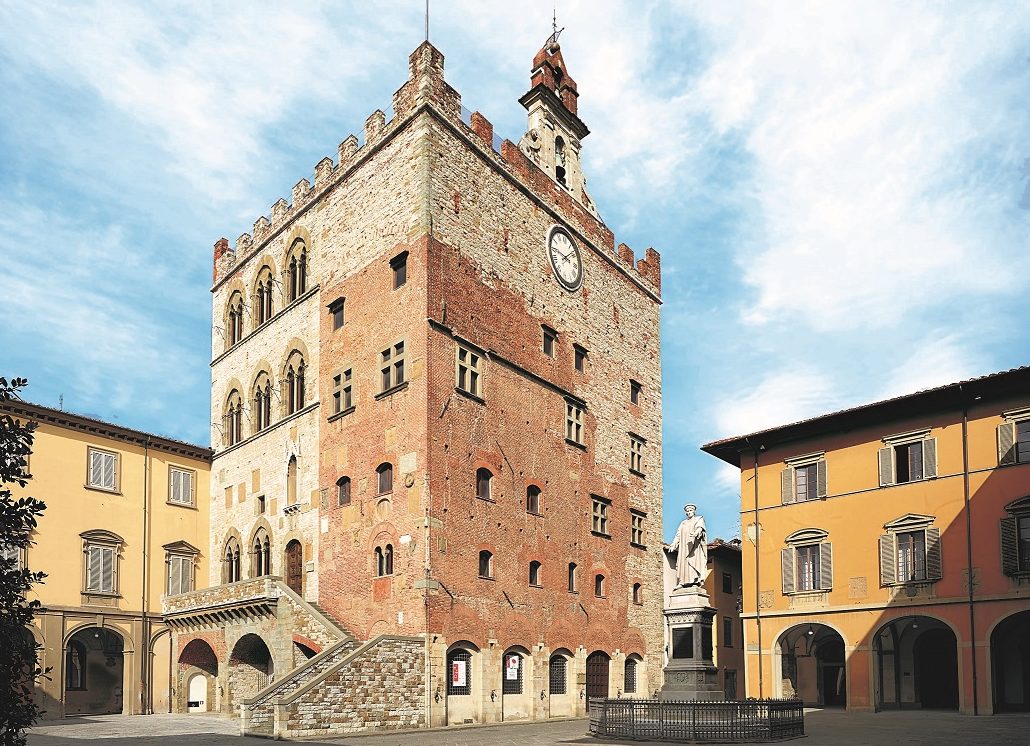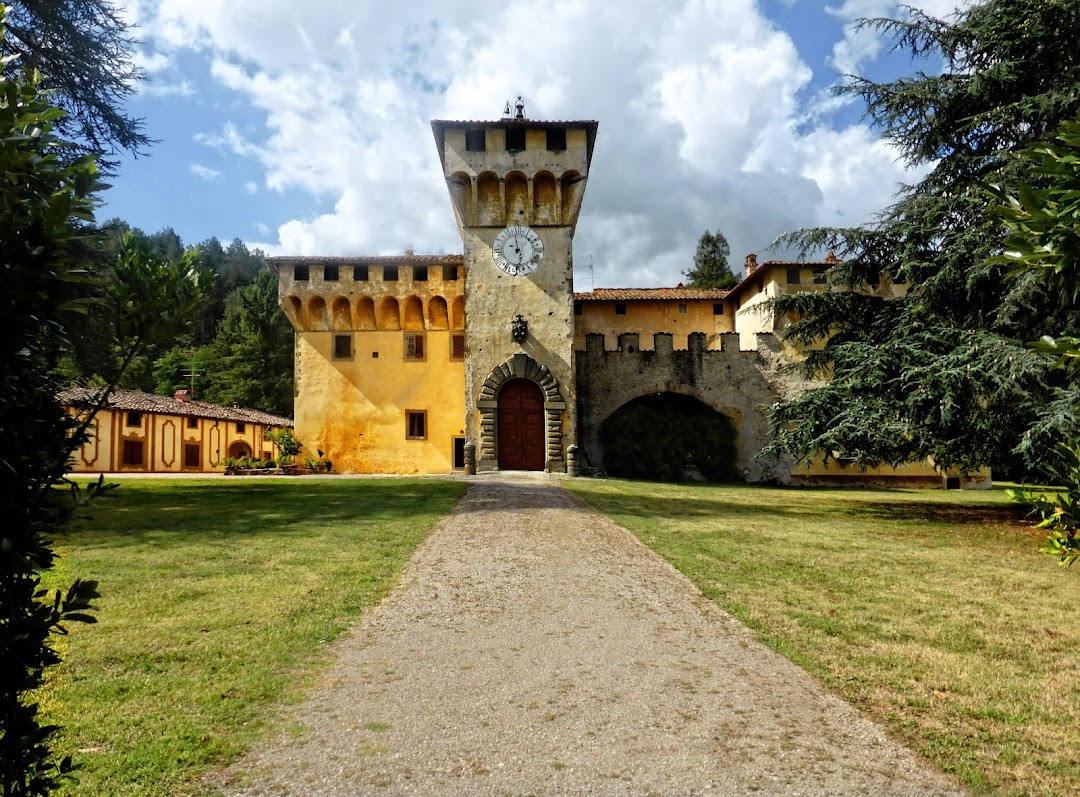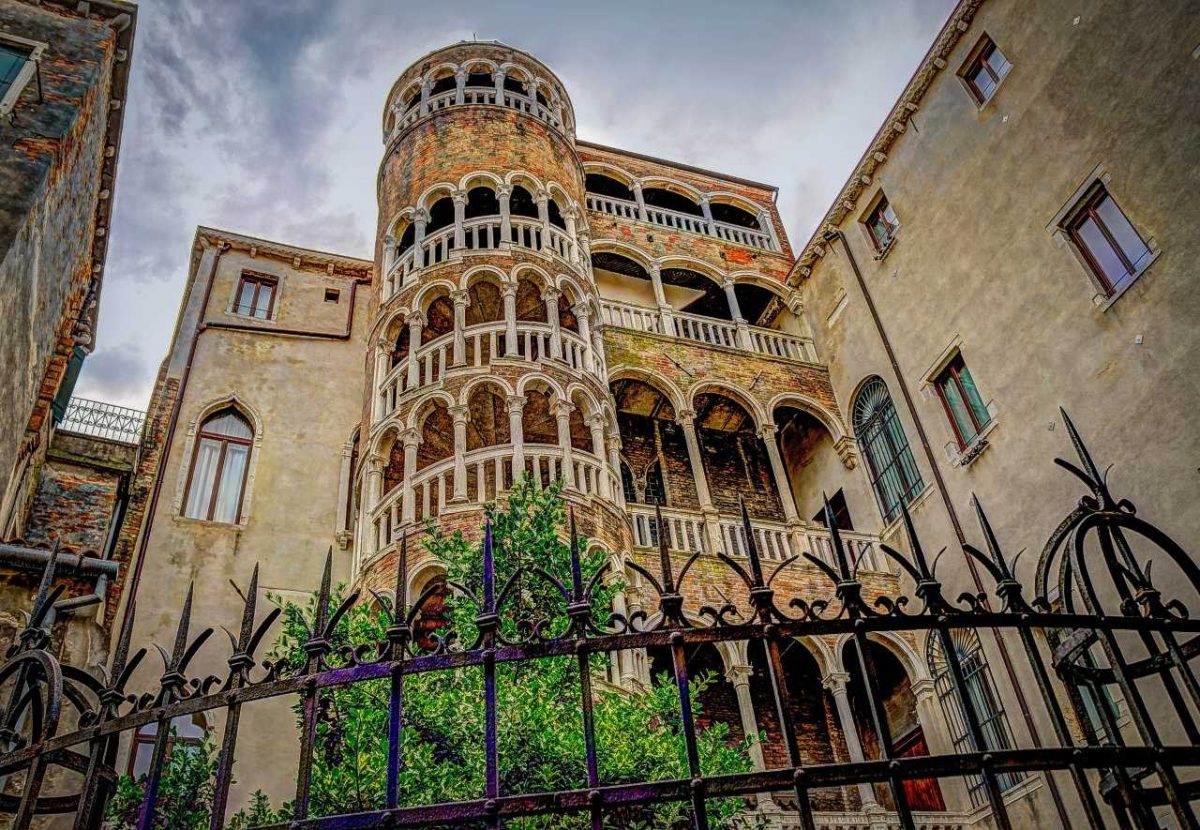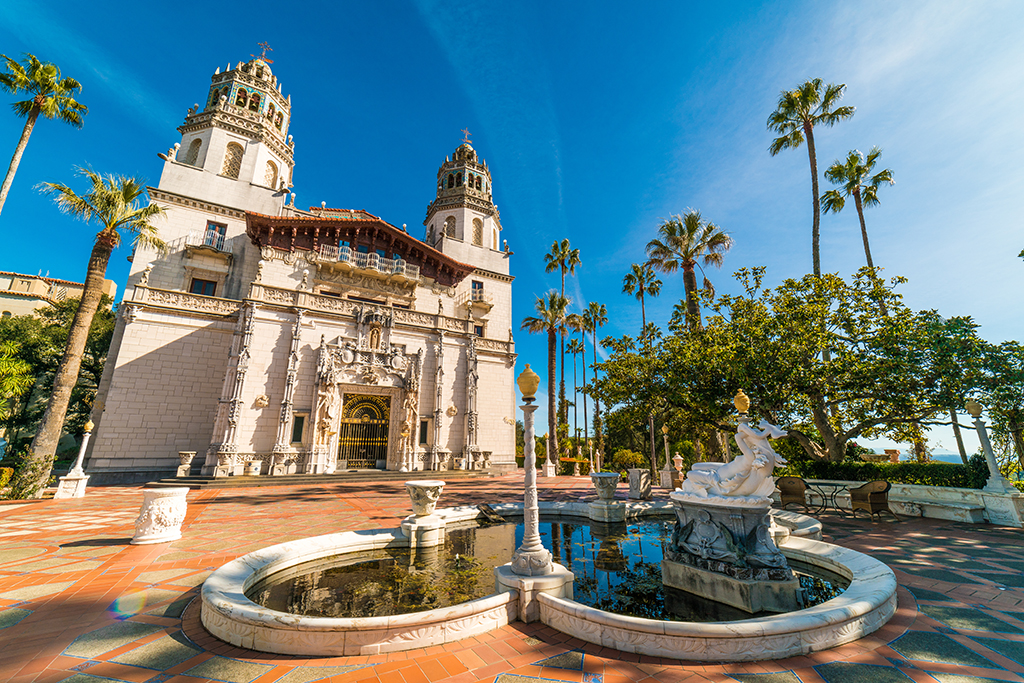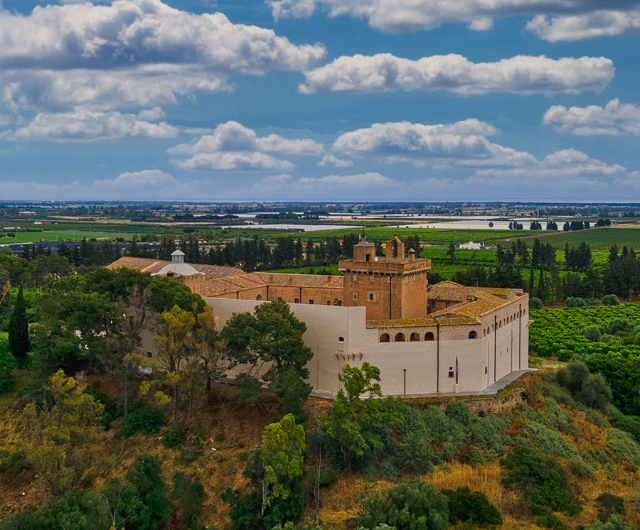If the house-museum of the great merchant Francesco Datini may seem familiar to the people of Prato, very few know some of its details, or at least their interpretation. The most representative rooms of the remarkable residence, finished in 1354, show interesting historical, social and personal notes about the owner of the house, his wife, their work and their life in Prato at the end of the 14th century, taken from the vast archive of the merchant, of a unique importance in the world. The rooms still have their original cocciopesto floor and are richly frescoed: the image of St. Christopher, on the side of the main door, is a precious one, protecting from ‘malamorte’ (sudden death without the possibility of redemption). Also noteworthy are the ‘garden’ frescoes, which embellish what was once the reception room for clients and guests: the restorers believe that these paintings were intended to reproduce in an interior the garden which at the time stood in front of the palace, and which could be glimpsed from the windows. The painted garden was idealised with the addition of various animals, including an angora cat and storks, which were possible for the place but unlikely, perhaps to signify that looking closely one could find more than one would normally conceive. Or, instead, those exoticisms wanted to make understand that from that house it would be made to arrive in Prato what was not yet available.
